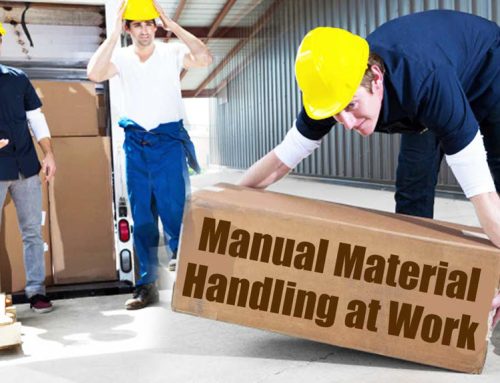Introduction
Safety talks are an essential part of any workplace, as they help to ensure that all employees understand the importance of safety and the measures, they need to take to stay safe on the job. Whether you work in construction, manufacturing, healthcare, or any other industry, safety talks are critical to maintaining a safe and healthy work environment. However, conducting an effective safety talk requires more than simply gathering everyone together and reading from a script. In this article, we will discuss some key tips on how to conduct safety talks effectively.
Choose a Relevant Topic
The first step in conducting a successful safety talk is choosing a relevant topic. The topic should be specific to the workplace and the tasks employees perform. It’s important to choose a topic that resonates with your audience and highlights the risks associated with their job. For example, if your workplace involves working with chemicals, you could choose a topic on how to handle hazardous substances safely.
Prepare Your Presentation
After you have chosen your topic, you need to prepare your presentation. A well-prepared presentation will help you deliver your message effectively and keep your audience engaged. Make sure to have all the necessary materials, such as visual aids, handouts, or videos, to support your presentation. Keep in mind that your presentation should be clear, concise, and easy to understand.
Engage Your Audience
An essential part of conducting a safety talk is engaging your audience. You can do this by encouraging interaction and discussion during the presentation. This will help keep your audience engaged and make the information more memorable. Ask questions, provide examples, and encourage employees to share their own experiences. This will not only help reinforce the message, but also foster a sense of ownership among employees for maintaining a safe work environment.
Demonstrate Safety Procedures
Demonstrating safety procedures is an effective way to reinforce the importance of safety measures. This will give employees a visual understanding of what they need to do to stay safe on the job. For example, if you are conducting a safety talk on how to use a new piece of machinery, you could demonstrate how to operate it safely.
Encourage Employee Feedback
Encouraging employee feedback during safety talks, is critical in maintaining an effective safety program. After your presentation, ask employees for their feedback on the topic, presentation and any additional suggestions. This will not only help you improve your presentation but also show employees that their opinions are valued. Additionally, if employees have any concerns or suggestions for improving safety in the workplace, encourage them to share them during the safety talk.
Create a Follow-Up Plan
Conducting a safety talk is just the beginning. It’s essential to create a follow-up plan to reinforce the message and ensure that employees are following the safety procedures discussed during the talk. This can include additional training, follow-up discussions, or regular safety meetings. Make sure to set a timeline for these follow-up activities to ensure that they are completed in a timely manner.
Reward Positive Behaviour
Recognising and rewarding positive behaviour is an effective way to motivate employees to maintain a safe work environment. This can include recognising employees who follow safety procedures, report hazards, or suggest improvements. Publicly acknowledging these actions will not only reinforce the importance of safety, but also encourage others to follow suit.
Some additional tips for conducting safety talks are:
- Keep it Short and Simple: Safety talks should be concise and easy to understand. Avoid using technical jargon or complicated language. Use simple terms and visuals to convey your message effectively.
- Use Real-life Examples: Real-life examples can help employees understand the importance of safety measures. Use examples of accidents that have occurred in the workplace or in similar workplaces to highlight the risks associated with their job.
- Use Positive Language: Use positive language to encourage employees to follow safety procedures. Instead of saying “Don’t do this,” say “Please do this instead.” This will help employees feel more motivated to follow safety procedures.
- Address Specific Concerns: Address specific concerns that employees may have about safety. For example, if employees are concerned about the noise level in the workplace, address this concern and provide solutions to mitigate the risk.
- Be Prepared for Questions: Be prepared to answer questions during the safety talk. Employees may have questions or concerns about the topic and it’s essential to address them to ensure that they understand the importance of safety measures.
Conclusion
Conducting effective safety talks is critical in maintaining a safe and healthy work environment. By choosing relevant topics, preparing your presentation, engaging your audience, demonstrating safety procedures, encouraging employee feedback, creating a follow-up plan and rewarding positive behaviour, you can ensure that your safety talks are effective and have a lasting impact on your employees. Remember that safety should always be a top priority in any workplace and safety talks are an essential part of achieving this goal.
If you are looking for a range of ready to deliver toolbox talks, then you might be interested in our toolbox talk packages. These include a range of toolbox talks at a cost-effective price.






